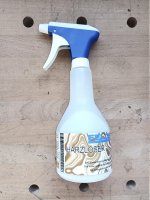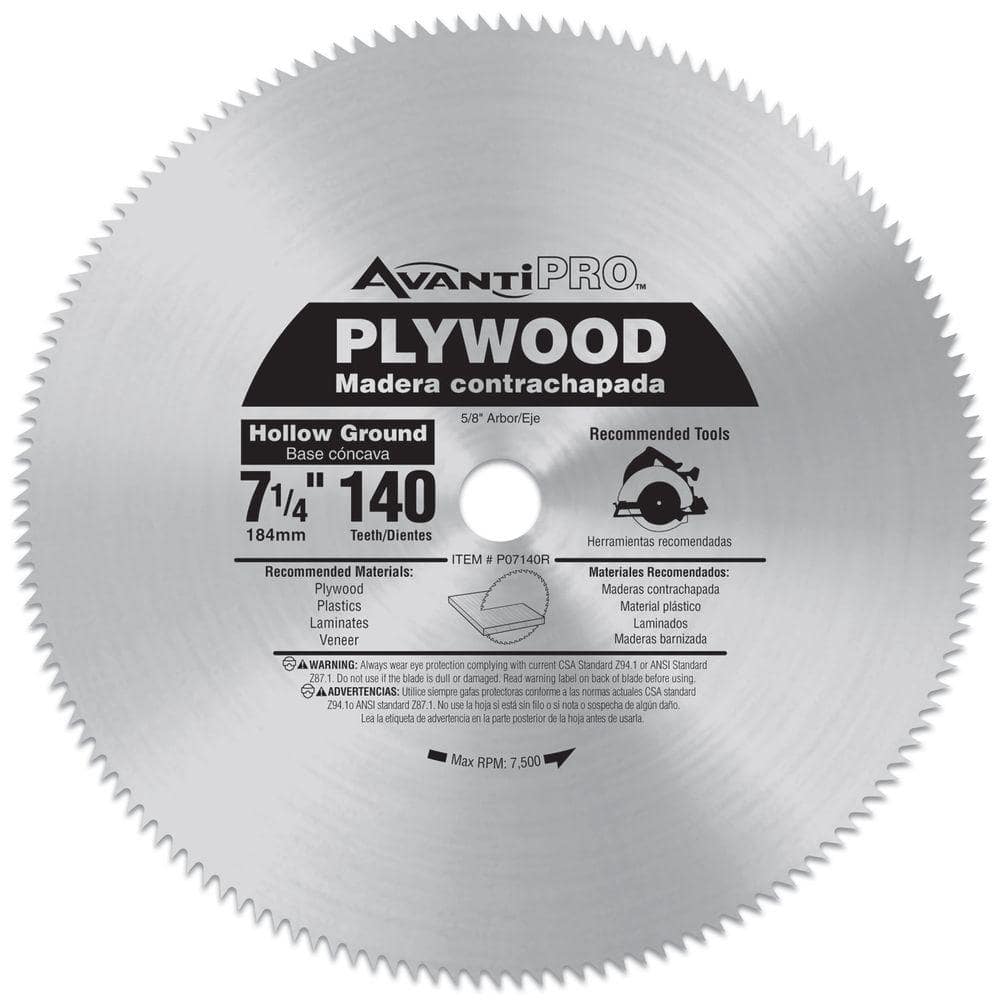bobtskutter
Member
Just thought I'd share a quick message about using Lidl (UK supermarket) Kitchen Degreaser to clean saw blades, works a charm.
I'd got the blade rather mucky from cutting lots of plywood that was stacked up (55mm deep), spray the stuff on the blade, use a toothbrush and the dirt was gone. Just wish I'd taken some before and after pictures.
Bob
I'd got the blade rather mucky from cutting lots of plywood that was stacked up (55mm deep), spray the stuff on the blade, use a toothbrush and the dirt was gone. Just wish I'd taken some before and after pictures.
Bob


